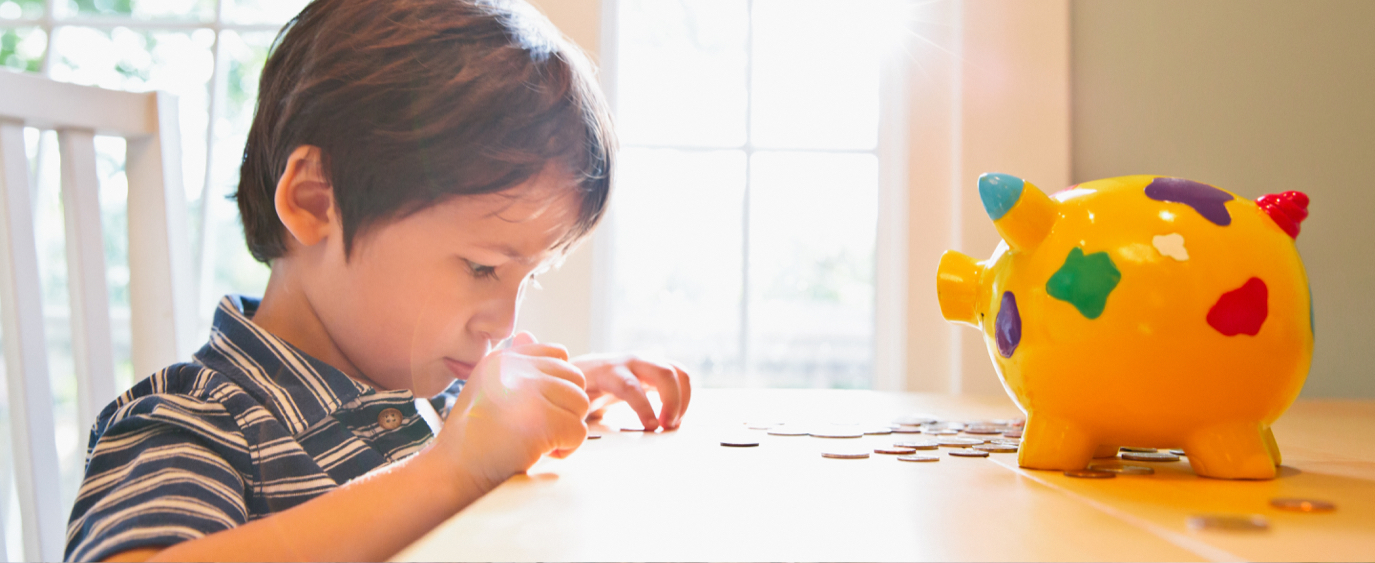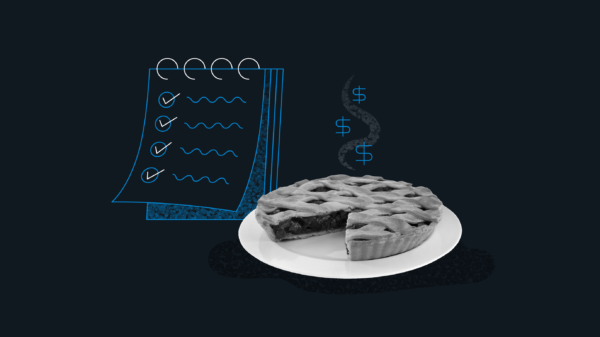Aug 31, 2018
I Can Count My Money
Teach your kids about skip-counting and using coins

Although online banking and credit card payments have increased in popularity, the majority of purchases still take place using cash and coins.
That’s why learning how to count money is still an important life skill for kids to master.
In a prior lesson, your child learned about skip counting. That’s counting using numbers other than the number one, for example counting by 2s, 5s, 10s, or 20s. Knowing how to skip count can help children when they learn arithmetic, but it’s also a handy tool for learning how to count money quickly.
The following lesson will help to reinforce skip learning, while teaching your kids how to count money.
What’s this activity all about?
“I Can Count My Money” is a beginning skip-counting activity, good for children in kindergarten through second grade. This lesson will use coins of different values to teach kids how to count using 1s, 5s, 10s, and 25s.
Skip counting is a precursor to developing fluency in calculation, number sense, and it’s the basis of multiplication and division.
What do you need?
You’ll need a pile of coins, including pennies, nickels, dimes, and quarters. Or you can use the downloadable, cut out coin sheet.
Materials:
I can count my money! Practice page
Directions:
- Practice skip counting. Do the “I can count my money!” activity page. Download and Print [PDF]
- Check the practice page and discuss corrections. If the skill is not secure, continue to practice, varying the number of coins.
- Next, try the “Skip Counting” activity with real money.
Talk to your kids
It’s important for you to have conversations with your children about what they’ve learned.
Here are some questions to consider asking them, to reinforce what they’re learning:
- Can you hear or see a pattern as you count?
- Have you noticed that when you count by twos, you wind up with even numbers?
- Can you see that when you count in 5s, the numbers end in 5 and then 0?
- How about when you count using 10s? Can you see that 0 is always in the “ones” place, and the tens place increases by one?
Related Articles

The 2024 Financial Checklist: A Guide to a Confident New Year

9 Ways to Celebrate Financial Wellness Month

Budgeting for Young Adults: 19 Money Saving Tips for 2024

The Best Personal Finance Books on Money Skills, Investing, and Creating Your Best Life for 2024

What Is a Financial Plan? A Beginner’s Guide to Financial Planning

How to Save Money: 45 Best Ways to Grow Your Savings





